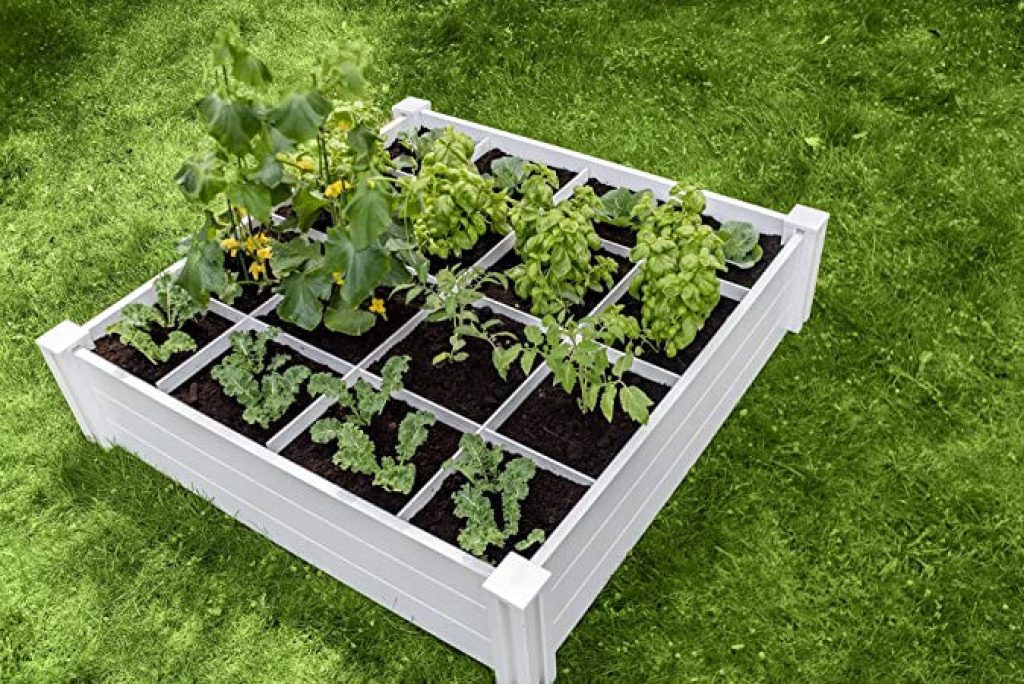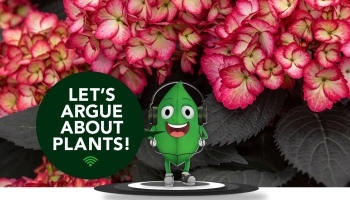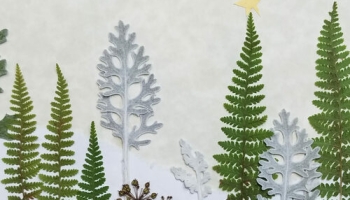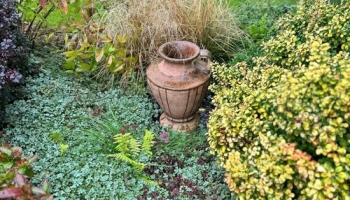Square foot garden is a successful garden planting technique developed in the 1970s by Mel Bartholomew and it’s still being used and appreciated in today’s gardening community. This technique allows home gardeners, with limited space to grow: vegetables, greens, flowers and herbs in a small space. Plus it helps to reduce gardening chores, water wastage, saves soil, space and money. Basically, square foot gardening helps you to maintain a small space thriving garden with little care. So, let’s see how to make a square-foot garden with these simple and easy-to-follow steps.

How to Make a Square Foot Garden – Easy Steps
You do have the option to either purchase or create one yourself. If you decide to purchase, here is a link to our favorite as it’s strong, study, quick and easy to assembly.
If you do decide to create a square-foot garden, it’s simply easy, and your garden will be ready with some basic knowledge. Here is the step-by-step guide to making a square foot garden:
Build a Garden Bed
First, there must be a garden planter, or you may say a raised bed that is easy to build. A 4×4 square foot box proves best as it keeps soil accessible, and you can make as many boxes as you want. Thus, take four wooden planks, each 4 feet long. Assemble them on the ground and join to make a square foot garden planter. Remember, each bed should be a foot deep to allow roots to grow deeper into healthy soil.
You can also keep the box bottomless or use cardboard to prevent weeds or grass from entering your box.
Square Foot Garden Soil
After designing the frame of the square foot garden, the next is to fill it with soil and make a growth medium. Here you must not forget that ordinary garden soil is not suitable for raised garden beds as it is compact and heavy, making growth hard. Lightweight potting soil of good quality keeps roots healthy without any risk of compaction. Thus, take 1/3 compost, 1/3 vermiculite, and 1/3 peat, mix well and add to the garden planter.
Be sure to not walk on the added potting soil mix as it will be compressed. When soil is compressed, it becomes difficult for pants to grow and difficult for soil to drain. So, you must not forget this fact. If someone accidentally walks on your bed, fluff it before planting.
Make a Grid
The garden structure is ready with the soil as a growth medium. Now is to make a grid for dividing the plantation area that will maximize the range of the plantation. You will be able to grow different plants in different sections. Therefore, make lines with strings, wires, or stakes to create a grid in the square garden.
Plan Planting for Square Foot Garden
It’s time to plant! You can sow seeds and grow multiple vegetables in a single square garden. The vegetables in the square foot garden area are planted in the spacing of 1, 4, 9, or 16. Some vegetables take up 4 large squares. For instance, the tomato would be a veggie variety; you would only plant one per square, grow four heads of cabbage per square foot, nine carrot plants per square foot, or 16 radishes per square foot.
If you are new to square foot gardening, do not do much at once and go for 4 grid squares at the start.
Another interesting point to consider for successful growth is crop rotation. Do not grow a plant every time in the same square as if you planted lettuce in grid boxes 1 and 2 this year; plant tomatoes, onions, or some other vegetable there next year. It will naturally help plants to fight against various diseases.
5 Tips for Successful Growth in Square Foot Garden
- Grow taller plants on the north or east side of the planter so they won’t shade the short plants.
- The location of your square foot garden counts in the success or failure of the growth, so make sure to give it a place in adequate sunlight. Most vegetables prefer full sunlight, six to eight hours of direct sun are necessary for a thriving garden.
- Avoid frequent watering as raised beds differ from traditional growth systems and cannot retain much water. There is less soil for the plants to pull moisture. Thus the best approach is to deeply water only a couple of times per week for longer than watering more frequently for a shorter period.
- Weeding is not a pain for gardeners in square food gardens as it is in the traditional plantation. Still, depending on the plant growth, it will be great to weed once a week initially or as per your requirement. Adding a layer of mulch around plants also do wonders for keeping weeds at bay.
- Amend the soil every year to replenish nutrients.






